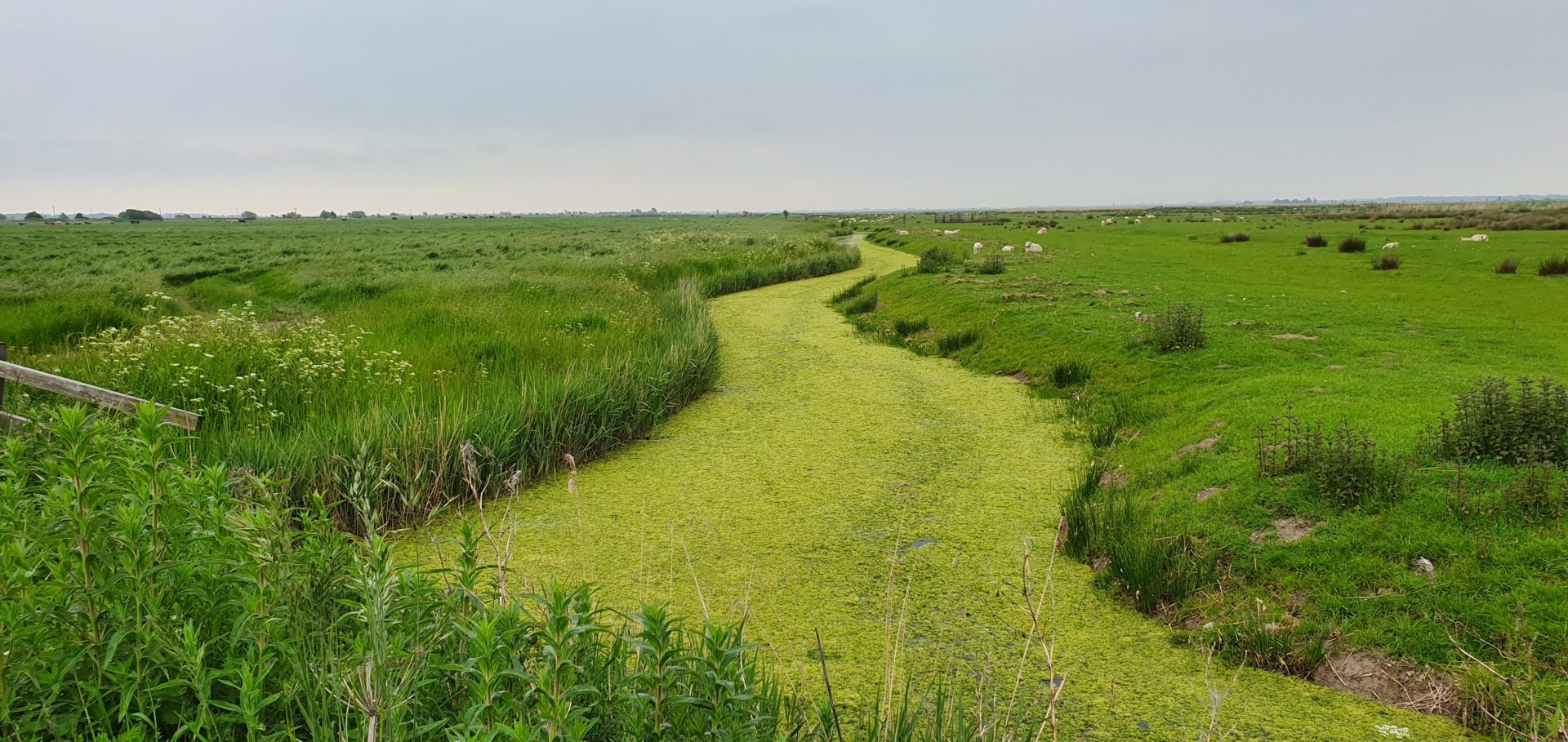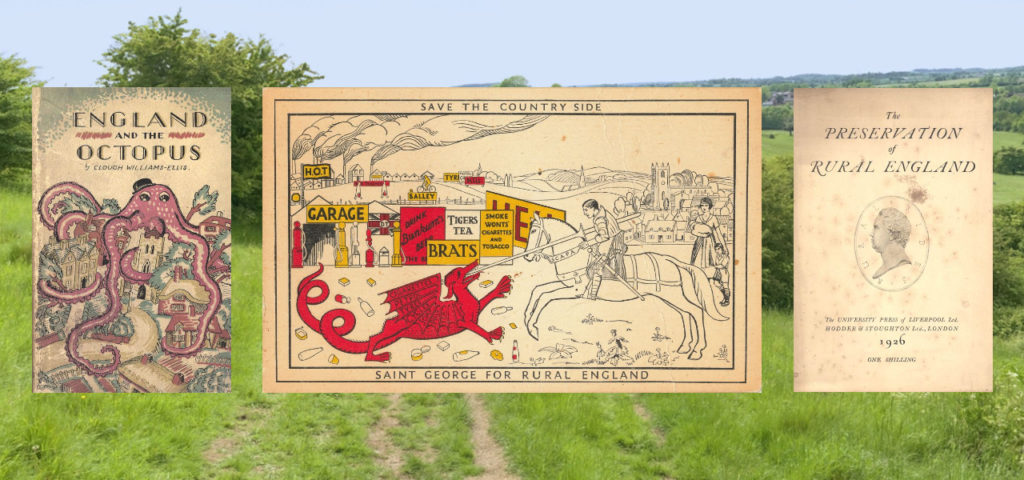1980s and 1990s: Halvergate marshes and campaign groups

1980s – the Halvergate Marshes campaign
The 1980s brought fresh campaigning to protect two of Norfolk’s most beautiful areas.
The Broads Bill was welcomed in 1987, although it highlighted the difference between those managing the ecology of the area and those with vested tourist interests. The branch was involved in consultation throughout the development of the Bill, which became the Norfolk and Suffolk Broads Act 1988.
Halvergate Marshes was also under threat and the Branch campaigned intensively with Friends of the Earth and other groups to prevent drainage of the wetlands for large-scale ploughing.
The eventual conservation scheme that was launched by the Ministry of Agriculture encouraged farmers to maintain traditional cattle grazing on the marshes and protect an area with special scientific and wildlife interest. This scheme was jointly sponsored with the Department of the Environment.
The campaign was seen as a turning point in the relationship between farming and conservation. It led directly to the establishment of the Environmentally Sensitive Areas Scheme which subsidised wildlife and landscape-friendly farming and became a model for the rest of Europe.
1990s – campaign groups keep up the pressure
In the early 1990s, CPRE National Office suggested that branches should form ‘campaign groups’ to publicise and address contentious issues across their county.
In 1992, the branch formed a Transport Group to deal with perhaps the county’s most serious problem and later a Housing Group was kept busy in discussing the need for affordable housing for Norfolk.
The branch increased its membership to over 1000 members and our volunteers monitored planning applications in every district of the county, making statements and appeals where necessary.
National CPRE campaigns in the eighties and nineties
CPRE joined the local campaign to protect Halvergate Marshes. This became a cause célèbre with national significance (see above).
CPRE provided evidence at the Sizewell B inquiry detailing more cost-effective ways of meeting the nation’s electricity needs without damaging the countryside.
CPRE’s national Green Belt campaign prevented the publication of a proposal seeking to build new housing in green belts.
CPRE also called for energy efficient appliances and homes, saw the European legislation on Environmental Impact Assessments and welcomed the announcement of a straw and stubble burning ban following a long campaign.
CPRE produced an Energy Conscious Planning report in 1991, warning against the environmental dangers of car-dependency and energy-intensive development. They also led lobbying ahead of the Rio Earth Summit in 1992.
In the 1990s, CPRE saw the publication of a government white paper accepting the need for statutory hedgerow protection after a 20-year long CPRE campaign. Legislation to protect hedgerows and give independence to National Parks was passed in the Environment Act 2005.
CPRE published Tranquillity Maps quantifying ‘tranquillity’ as something tangible and measurable for the first time. It showed how tranquil areas had been shattered by new development and increased traffic over the previous thirty years.






